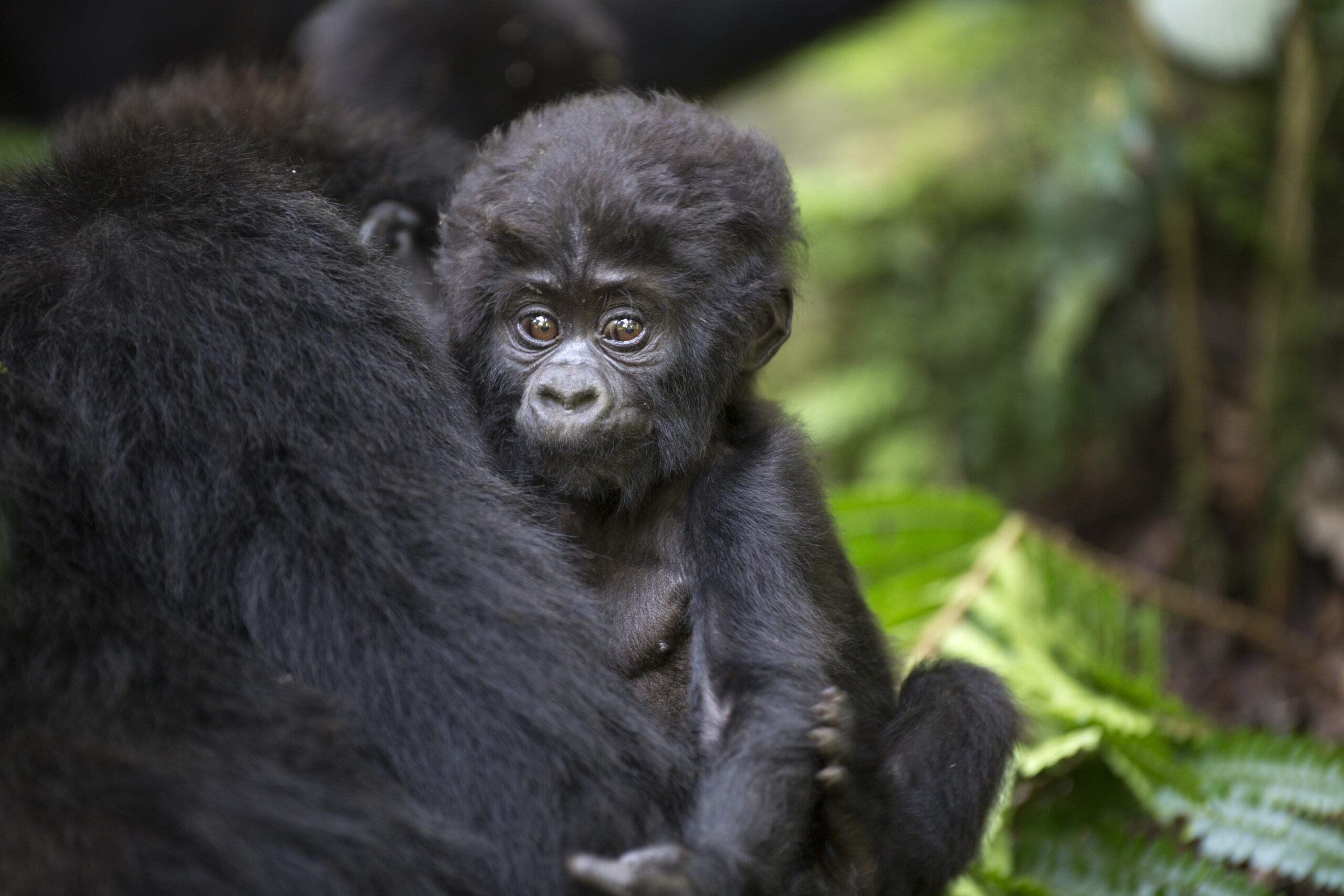New Year celebrations: 14 alternative ways to enjoy the holiday
October 9, 2025

The world’s mountain gorillas face serious threats, and their population has declined to alarmingly low numbers. Fortunately, a growing number of organizations are stepping up to help protect and conserve these incredible animals. We had the opportunity to speak with Dr. Jean Bosco Noheri, a field veterinarian with the remarkable Gorilla Doctors project, to learn more about the vital work they do and his role within the team. Let’s meet them!
You might remember Dian Fossey as the central figure in Gorillas in the Mist. She was instrumental in halting the rapid decline of mountain gorilla populations. In fact, we consider her the spiritual founder of Gorilla Doctors. Before her tragic murder, Dian made a passionate request, to place a veterinarian among the mountain gorillas to prevent unnecessary deaths from human-related illnesses.
That vision became reality thanks to Ruth Keesling, who, along with support from her father’s Morris Animal Foundation, hired Dr. Jim Foster in 1986 as the first dedicated veterinarian for the mountain gorillas. What began with a single vet has since grown into a team of 15 professionals, now known as Gorilla Doctors.
We are the only organization providing direct, hands-on veterinary care to critically endangered mountain and eastern lowland (Grauer’s) gorillas in the wild. Our mission is not just conservation, but active medical intervention when needed. I joined Gorilla Doctors in November 2009 as the regional laboratory manager and was honored to step into the role of field veterinarian in April 2012.
It’s hard to pinpoint exactly when it all began, but I grew up in a small farming family, and from an early age, I dreamed of becoming either a nurse or a veterinarian. Based on my academic performance, I was guided toward veterinary medicine, and that’s where my passion truly started to take shape. Over time, I developed a deeper interest in wildlife health and the threats animals face in the wild. From the very beginning of my professional journey, I knew I wanted to dedicate myself to the healthcare and conservation of gorillas. That mission has stayed with me ever since. At the heart of it all is a deep love and respect for animals.

Gorilla group dynamics shift quite often, but as of now, in Rwanda, we monitor 11 groups that are habituated for tourism and another 10 that are strictly for research purposes. In terms of behavior, their patterns are generally similar across groups because of their shared family structure and hierarchy. That said, their behavior can vary depending on whether people are around, there’s always an element of unpredictability.
Read more: A guide to gorilla trekking in Bwindi Impenetrable National Park
Local communities play an important role in conservation efforts. Park management (run by the government) works closely with various partners to involve locals at every level of the conservation process. From our side, we often engage with the community when wildlife like golden monkeys, buffalo, elephants, or antelope wander into their fields or homes. In those situations, we help guide the animals back into the park and use the opportunity to educate residents about zoonotic diseases and the importance of preventing cross-species transmission.
Through our Employee Health Program, we also support the families of trackers and rangers. We provide family planning education and distribute deworming medication quarterly to help manage intestinal parasites. Lastly, in partnership with Conservation Heritage Turambe, we host educational sessions for primary school students to teach them about gorilla health and the broader importance of conservation.

I definitely have, but it’s tough to rank them!
One of the most unforgettable days was when I officially started working with Gorilla Doctors. It was the moment my dream of becoming a wildlife veterinarian truly began to take shape. Every clinical case stays with me in some way. There’s something incredibly rewarding about seeing a gorilla back with their group and thriving after a successful intervention. Those moments reinforce why we do what we do.
Another standout memory was my first trip to the United States. It was my first time leaving Africa, my first time on a plane, and my first experience with a completely new culture, climate, and way of life. That journey opened my eyes and broadened my perspective in ways I’ll never forget.
There’s so much to experience when visiting Rwanda, but here are a few things I always recommend:
Read more: What to pack for a gorilla trekking safari

My top three dream travel destinations are Saint Peter’s Church in Italy, the South African National Parks, and London in the UK.

If you’re ready to embark on an unforgettable journey to see mountain gorillas up close, reach out to our local experts in Rwanda and Uganda to help plan your perfect trip.
Explore all featured destinations
Join our mailing list for travel inspiration, trip recommendations, and insights from our local experts.